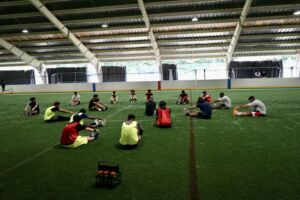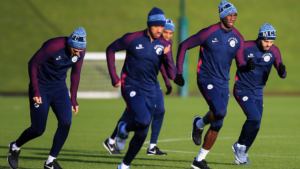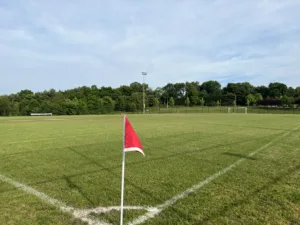The art of receiving the ball, most commonly referred to as the first touch, is essential for a soccer player to learn. Players who master this skill can create an extra yard of space, leaving defenders in their wake. Not only does this make the player look more polished, but it also allows the team to retain possession and fashion more chances. On the other hand, those that fail to appreciate its importance will face disappointment. A loose first touch often leads to turnovers or, far worse, embarrassment.
A Good First Touch
It’s important to remember that a good first touch is not limited to the player’s technical ability but also how they manipulate the space around them. Good spatial awareness allows the player to anticipate where to place the ball even before it arrives at their feet. Equally important is the choice of technique, which is also dependent on their surroundings.
Manipulate the Ball
Good players can manipulate the ball with any body part aside from their hands to control the ball. Yet, it is vital to understand the basics behind executing a smooth first touch before trying anything fancy. With that in mind, players may elect to use either a dead touch, a live touch, or trap it to maintain possession based on the ball’s trajectory.
Dead Touch
A dead touch is intended to stop the ball entirely and can be helpful when trying to slow down the game’s pace. Before taking a dead touch, the player should ensure that no one is close enough to snatch the ball away from them. The touch gives them an extra second on the ball before deciding what to do with it next.
Live Touch
A live touch is practical when trying to escape from an opponent with initial contact with the ball. Players should take advantage of the defender’s momentum as placing the ball in the opposite direction they are traveling increases the attacker’s chances of escaping from the challenge.
Note: Defenders running at the ball will always find it challenging to shift their body weight back in the direction they started. Therefore, Playing the ball in the space behind them often leads to them overrunning a challenge and scrambling to get back in position.
Trapping
Trapping the ball is necessary for bringing the ball down without letting it bounce on the ground. Meeting the ball at the sweet spot and guiding it gently with the player’s toes will ensure that it doesn’t run away from them.









